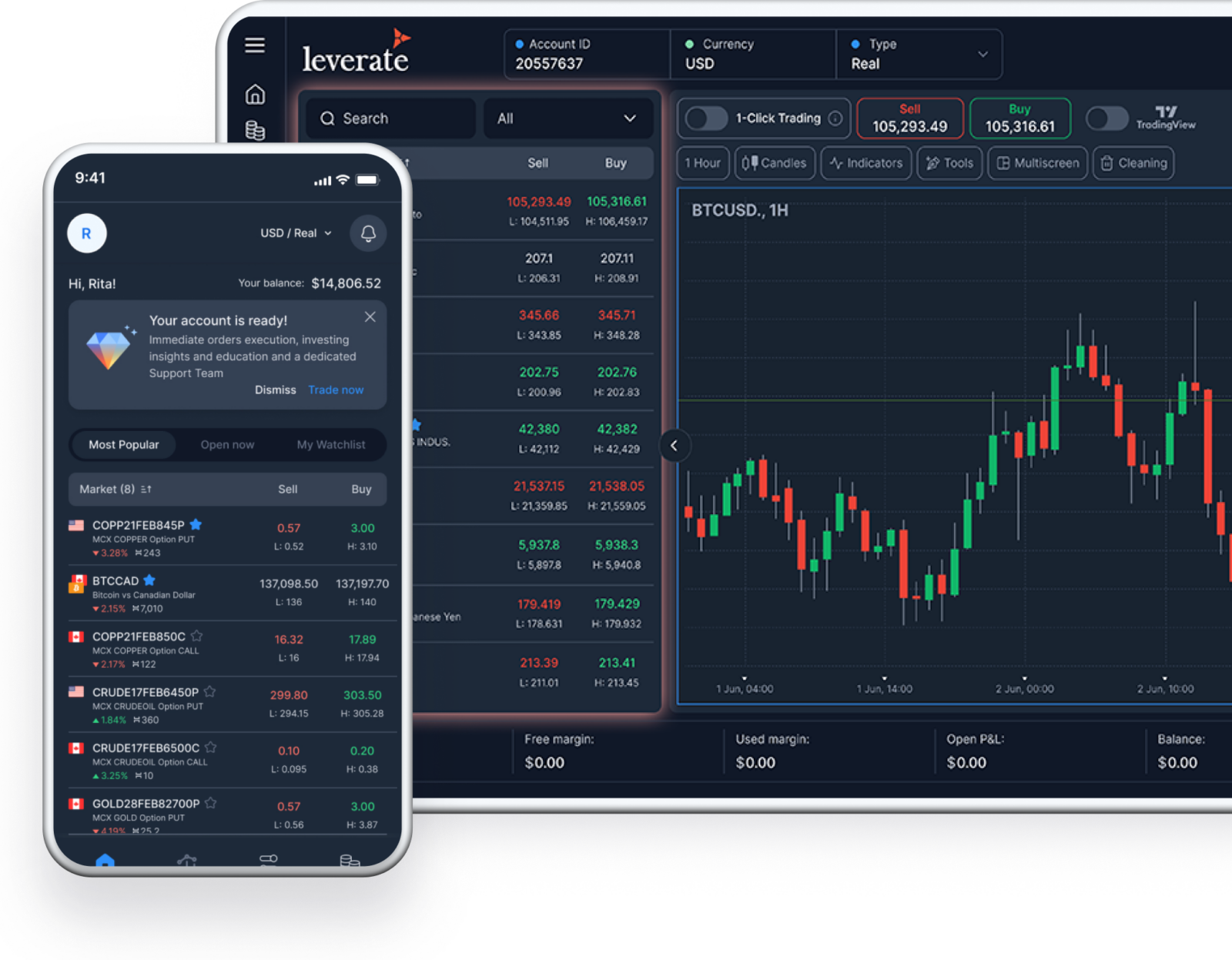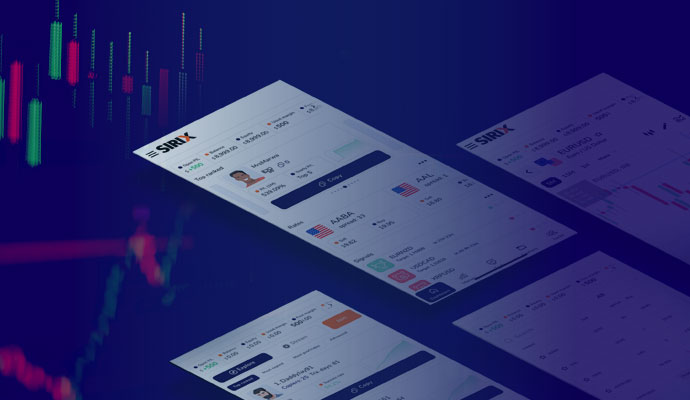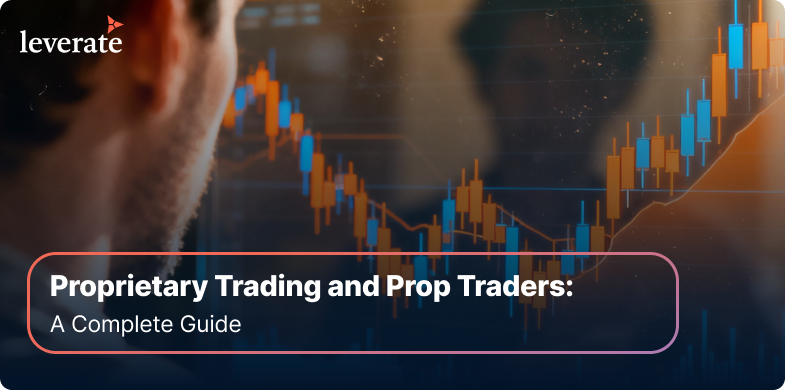
The rate at which the global market for mobile trading platforms is increasing has made it obvious that brokerages need to provide an efficient mobile platform to stay competitive (or even relevant) in the trading industry.
Starting with the coronavirus pandemic in 2020, brokerages around the globe have witnessed a steady increase in trader demand for mobile platform. The main growth observed has been in the Asia Pacific region, China, Japan, India, and Latin America. With banks and financial institutions expanding rapidly especially in regions such as India, there has been a surge in market opportunities, and traders are looking for a convenient, flexible, and cost-effective way to access the financial markets while making informed trading decisions on-the-go.
According to Research reports and BI company, FMI, We are looking at a projected CAGR of about 21% within this decade, leading to a market size for stock trading alone at $89.9 Billion.
In 2022, the number of trading mobile app users reached an all-time high with over 50 million people using their mobile devices to access the financial markets.
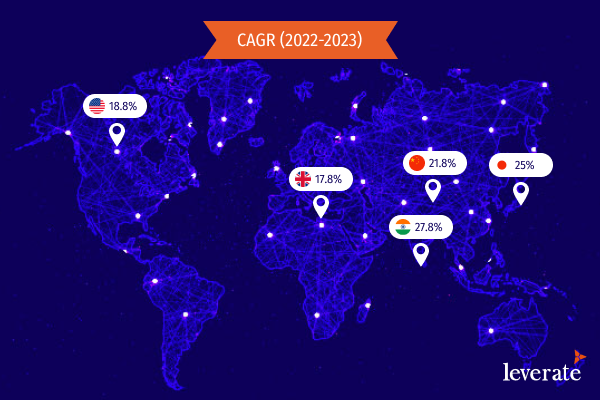
Take Malaysia, for example, a country that wasn’t specifically accustomed to mobile trading, now also reflects the growing trend towards on-the-go trading in the financial sector, reaching over 10M users in 2022, up from 8M in 2021.
According to a recent survey, mobile trading accounted for over 50% of all online trading activity in Turkey in 2022.
This represents a significant increase from previous years and highlights the growing importance of mobile technology in the financial industry in Turkey.
In Brazil, the number of mobile trading users increased by 15% in 2022 compared to the previous year, reaching over 20 million active users.
Tech providers after careful trial and errors, have specified the leading characteristics which makes the ultimate mobile trading experience, and have developed an innovative platform that has positioned their brokers as the leaders in mobile trading. Designed to be fast and responsive, user-friendly and intuitive, the goal was to allow traders to quickly enter and exit trades as market conditions change as smoothly as possible while remaining simple and easy for traders of all skill levels to navigate and use the platform.
Besides speed, today’s mobile platform needs to focus on flexibility, meaning that they need to offer a range of features and functionality, allowing traders to customize their experience based on their specific preferences and needs. Keeping the traders in-the-know, with real-time data, signals, advanced charts and graphs, is expected in order to enable traders to make informed decisions based on up-to-the-minute information.
The leading segment in the stock trading app market by component is the individual category by end user with a projected CAGR of 22.2% through 2023. The professional traders lead the stock trading app market share by end users with the market share of 52% through 2032.
Which one will be the leading trading app platform by 2032?
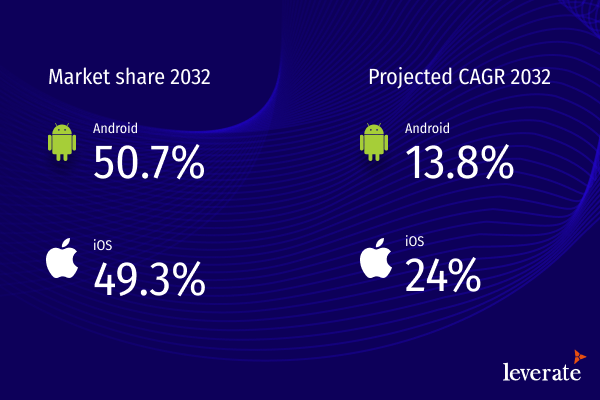
Overall, as increased adoption of mobile devices continuing to grow (over 5 billion unique mobile users worldwide in 2021), it’s only natural that the app market has also reached remarkable growth, with the app market size predicted to reach $29.6 Billion by 2027 (“Research and Markets”). Trading is no different than all other sectors, such as banking and healthcare where the mobile app is now one of the most differentiating factors between the quality of service provided. It is safe to conclude that brokerages will be measured by the quality of their mobile platform, and those with the most advanced technology, convenience, and functionality, will be the leaders of tomorrow.




